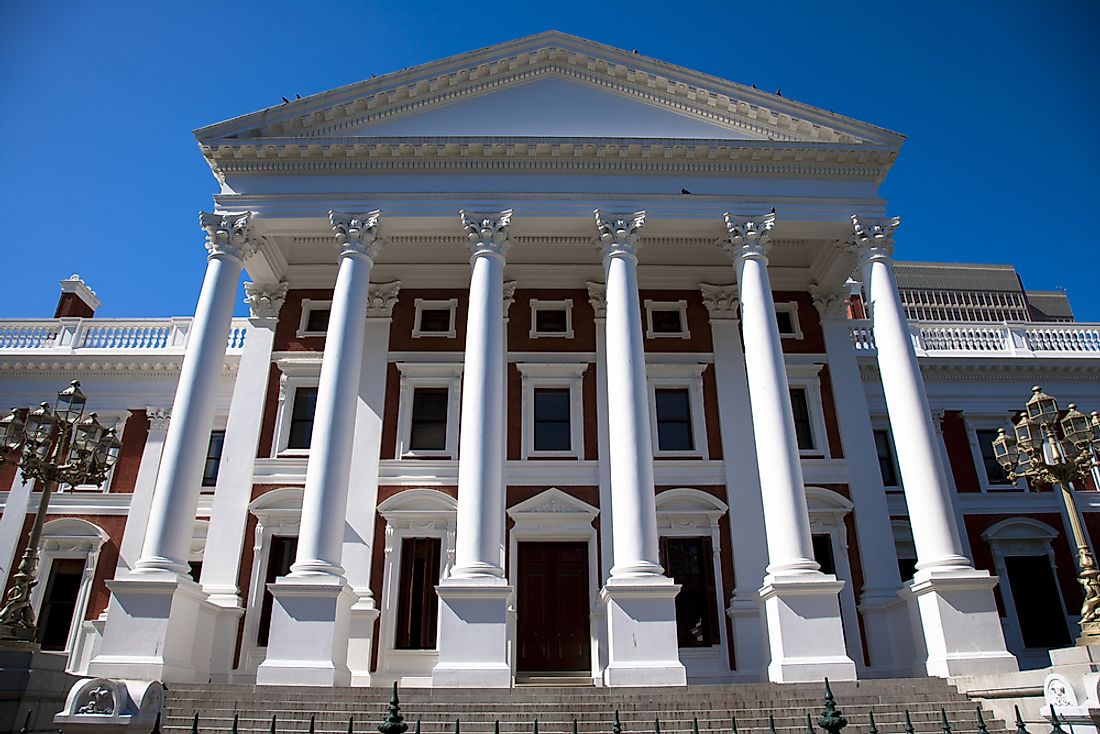What Is The Capital Of South Africa?

Legally, South Africa does not have one specific national capital. The government is divided into three branches, namely the legislative, executive, and judicial. Each branch is administered from a different city. Cape Town, for example, is the legislative center and seat of Parliament. The Constitution of South Africa, however, gives Parliament the right to move its administration to any other city. Pretoria is home to the executive branch and is the seat of the President and the Cabinet. The judicial branch of government is carried out in Bloemfontein, where the Supreme Court of Appeal is located. This article takes a closer look at these 3 unofficial capital cities.
Cape Town
As previously mentioned, Cape Town is the seat of the National Parliament. This city has always held an important role in the country’s history, particularly post-European contact. From as early as the latter part of the 1500’s, its peninsular location made it an important stop along the spice trade route. By 1652, the Dutch East India Company had established a ship way-station here and the settlement began to grow slowly. After several attempts by the British to take control of the area, Cape Town became a British colony in 1814 when it was designated as the colonial capital. Two Boer republics and Natal, a British colony, were joined with the Cape Colony in 1910, founding the Union of South Africa. Cape Town was then established as its legislative seat. Today, this city has a population of approximately 3,740,000 and is the economic center of Western Cape Province.
Pretoria
Pretoria, the seat of the executive branch, is located in Gauteng Province. Its importance as a governmental center began in 1860 when it was declared the capital of the South African Republic. This city was the site of signing the peace treaty that ended the First Boer War, but the city eventually surrendered to the British in 1900 during the Second Boer War. When the Union of South Africa was created in 1910, Pretoria became the administrative capital. Today, most of the foreign embassies in South Africa can be found in Pretoria. The population of Pretoria today is 741,651. This city is also considered the South African academic center because it is home to 3 universities, the South African Bureau of Standards (for research), and the Council for Scientific and Industrial Research.
Bloemfontein
Bloemfontein is the judicial capital of South Africa, as well as the provincial capital of the Free State Province. This city got its official start in 1846 as a fort for the British army, although the area had been previously inhabited. Two years later, the area surrounding the city became the Orange River Sovereignty and in 1854, it became the Orange Free State. At this time, Bloemfontein became the capital and began to expand. In 1899, the city hosted the Bloemfontein Conference, an unsuccessful attempt at preventing the Second Boer War. From 1902 to 1910, it remained the capital of the then-established Orange River Colony. The population of Bloemfontein today is 256,185. Although the city is still considered the judicial capital of South Africa, in 1994, the Constitutional Court was established in Johannesburg. This move split judicial powers between the two cities.











